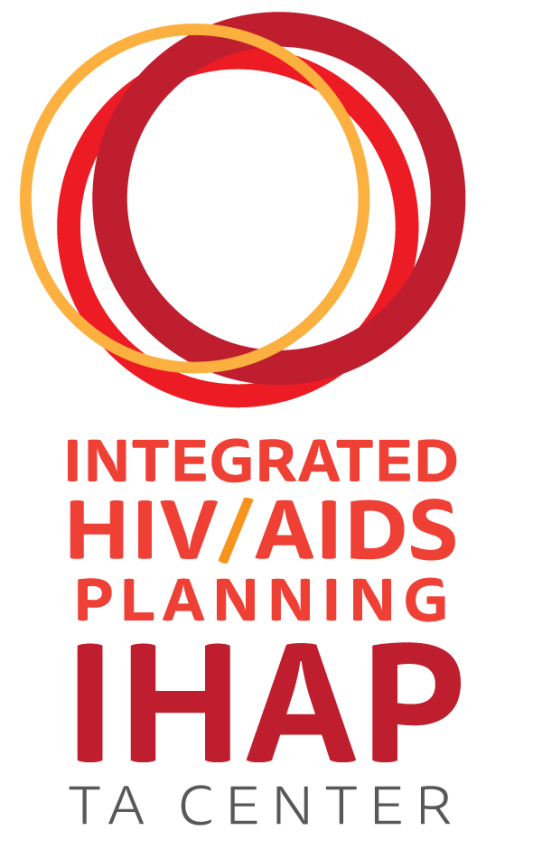
This section of the online resource guide provides resources and tips to successfully implement the Integrated Plan.
Promising Practices and Tips
- Develop and document a structure and process that clearly outlines the shared expectations for collaboration between the planning bodies, recipients, and sub-recipients, including roles and responsibilities in plan implementation and monitoring.
- Develop a realistic work plan based on the Integrated HIV Prevention and Care Plan, with detailed tasks, responsible party, timelines, and measurable outcomes.
- Promote ongoing engagement by reviewing and conducting processes for monitoring progress and communicating updates to stakeholders.
- Include Integrated HIV Prevention and Care Plan updates during annual site visits with sub-recipients.
Tools and Resources
- Integrated Plan Implementation Work Plan (February 2024). Intended for those responsible for documenting and tracking implementation of their jurisdiction's Integrated HIV Prevention and Care Plan, this modifiable work plan from the Pennsylvania Department of Health’s Division of HIV is a helpful starting place. Implementation activities included in the work plan support the four Ending the HIV Epidemic strategies–diagnose, treat, prevent, and respond–plus a fifth strategy, support, to ensure a truly accessible and responsive system of care.
- Implementation Blueprint (September 2023). The California Department of Public Health in collaboration with their TA provider Facente Consulting, developed a modifiable implementation blueprint intended to accompany their Integrated HIV Prevention and Care Plan and make it actionable and relevant at the local level.
- Template for an Integrated Planning Work Plan (August 2023). This template serves as an example of an Integrated HIV Prevention and Care Plan work plan, including details of activity, parties responsible, timelines, status of activities, data sources, and performance metrics.
- Template for a Memorandum of Agreement (MOA) for Ongoing Collaboration between HIV Prevention and Care (April 2018). This template, adapted with permission from EGM Consulting LLC, guides a jurisdiction’s HIV prevention and/or surveillance program and its RWHAP Part A or B through the MOA development process. It outlines the agreed-upon scope, structures, and processes for ongoing collaboration between care and prevention, and provides sample language for an MOA, including specific tasks and responsibilities of each program and details related to data sharing agreements.
- Putting Plans into Action: Roles and Responsibilities for Implementing Integrated HIV Prevention and Care Plans (May 2017). This webinar for RWHAP recipients and CDC HIV prevention Program Managers introduced strategies to identify roles and responsibilities for Integrated HIV Prevention and Care Plan implementation. During the presentation, participants learned about a flexible process for delegating roles and responsibilities as well as best practices from several jurisdictions for successful collaboration between RWHAP Part A and Part B recipients and CDC HIV prevention partners.
- Integrated Plan Work Plan (November 2016). This template serves as an example of an Integrated HIV Prevention and Care Plan work plan, including details of activity, parties responsible, partners, timelines, and performance measures. Developed in partnership between Arizona’s Statewide Advisory Group, Arizona Department of Health Services, Maricopa County Phoenix EMA Planning Council, and Maricopa County Ryan White Part A Program, the IHAP TAC modified this tool with permission.
- Integrated Plan Tracking Tool (November 2016). This spreadsheet summarizes a care/prevention plan, including a work plan. It includes the details of activities, parties responsible, timelines, and performance measures. The tool also includes a color-coded column to track the status of activities for users to update and use for communicating overall activity progress. Developed in partnership between Arizona’s Statewide Advisory Group, Arizona Department of Health Services, Maricopa County Phoenix EMA Planning Council, and Maricopa County Ryan White Part A Program, the IHAP TAC modified this tool with permission.
Main contents page for curriculum
